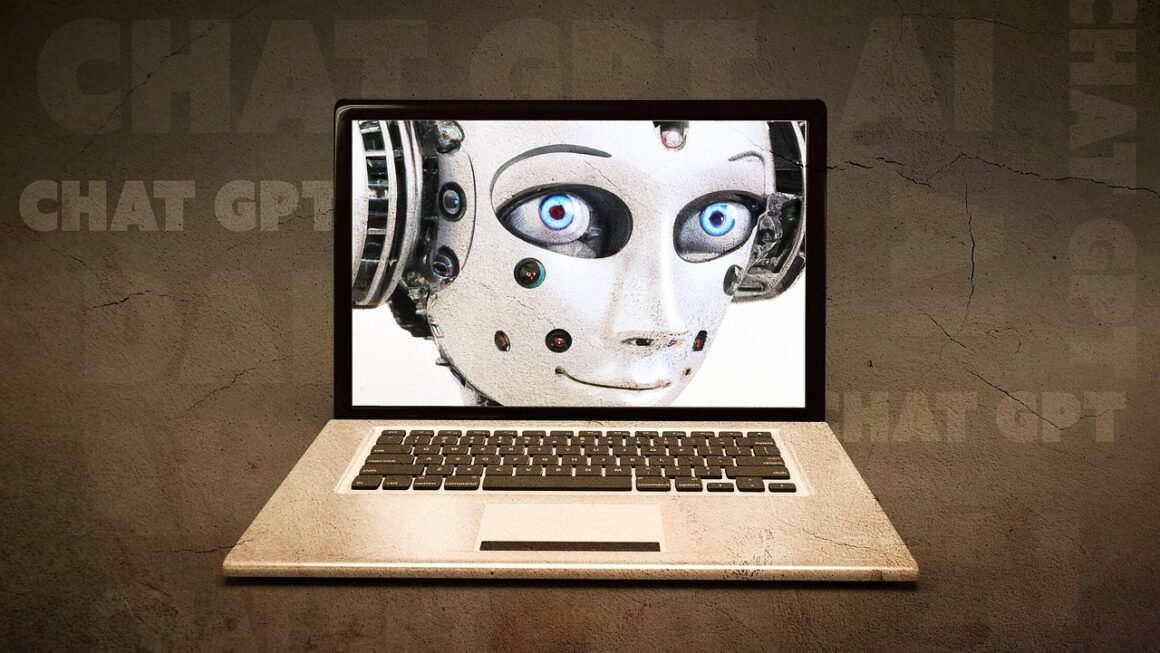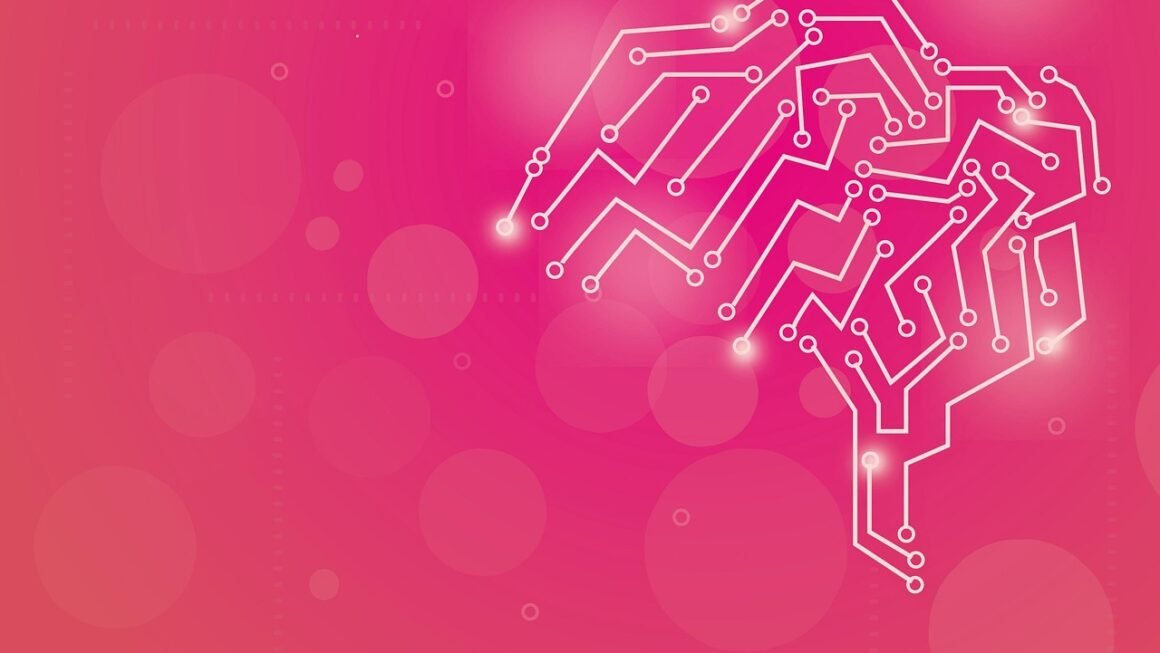Imagine having a tireless virtual assistant available 24/7, ready to answer customer queries, guide users through complex processes, and even boost your sales – all without needing a coffee break. That’s the power of chatbots. These AI-powered tools are rapidly transforming how businesses interact with their customers, offering a cost-effective and efficient way to enhance customer experience and streamline operations. Let’s dive deep into the world of chatbots and explore their capabilities and potential.
What are Chatbots and Why are They Important?
Defining Chatbots
A chatbot is a computer program that simulates human conversation, either through text or voice interactions. They are designed to understand and respond to user queries, providing information, assistance, or completing tasks. Chatbots are often integrated into websites, messaging apps, and social media platforms, making them easily accessible to a wide audience.
The Growing Importance of Chatbots
- Enhanced Customer Service: Chatbots provide instant responses to customer inquiries, reducing wait times and improving customer satisfaction.
- 24/7 Availability: Unlike human agents, chatbots are available around the clock, ensuring that customers can get assistance whenever they need it.
- Cost Reduction: By automating customer interactions, chatbots can significantly reduce labor costs associated with customer service.
- Lead Generation and Qualification: Chatbots can engage visitors, gather information, and qualify leads for sales teams.
- Personalized Experiences: Chatbots can use data to personalize interactions, providing tailored recommendations and support.
According to a report by Grand View Research, the global chatbot market size was valued at USD 75.21 billion in 2023 and is expected to grow at a compound annual growth rate (CAGR) of 23.5% from 2024 to 2030. This rapid growth highlights the increasing adoption and importance of chatbots in various industries.
Types of Chatbots: Rule-Based vs. AI-Powered
Rule-Based Chatbots
Rule-based chatbots follow a pre-defined set of rules and scripts to respond to user input. They are relatively simple to develop and implement, making them suitable for handling basic inquiries and tasks.
- How They Work: Users are presented with a set of options or keywords, and the chatbot responds based on the selected choice.
- Example: A chatbot on a restaurant website that guides users through the process of making a reservation by asking questions like “What date would you like to reserve?” and “How many people will be in your party?”
- Limitations: Rule-based chatbots can only handle predefined scenarios and struggle with complex or ambiguous queries. They lack the ability to learn and adapt.
AI-Powered Chatbots
AI-powered chatbots use artificial intelligence, including natural language processing (NLP) and machine learning (ML), to understand and respond to user queries in a more natural and intelligent way.
- How They Work: These chatbots analyze user input, identify intent, and generate responses using AI algorithms. They can learn from past interactions and improve their accuracy over time.
- Example: A chatbot that can understand and respond to questions about a product’s features, compare it to competitors, and even provide personalized recommendations based on the user’s needs.
- Benefits: AI-powered chatbots can handle complex inquiries, understand nuanced language, and provide personalized experiences. They are more adaptable and can improve over time.
The choice between rule-based and AI-powered chatbots depends on the specific needs and resources of the business. Rule-based chatbots are a good starting point for simple tasks, while AI-powered chatbots are better suited for more complex and dynamic interactions.
Implementing Chatbots: A Step-by-Step Guide
Defining Your Goals and Objectives
Before implementing a chatbot, it’s crucial to define your goals and objectives. What do you want to achieve with the chatbot? Examples include:
- Reducing customer support inquiries
- Generating leads
- Improving customer satisfaction
- Increasing sales
Choosing the Right Platform and Technology
Select a chatbot platform that aligns with your goals and integrates seamlessly with your existing systems. Some popular chatbot platforms include:
- Dialogflow: A Google Cloud platform for building conversational interfaces.
- Microsoft Bot Framework: A comprehensive platform for building, testing, and deploying chatbots.
- Amazon Lex: An Amazon Web Services (AWS) service for building conversational interfaces using voice and text.
- ManyChat: A platform designed for creating chatbots on Facebook Messenger and other messaging apps.
Designing the Conversation Flow
Create a well-defined conversation flow that guides users through the interaction and provides relevant information. This involves mapping out the different scenarios and responses that the chatbot will handle. Consider:
- Welcome Message: A friendly and informative introduction to the chatbot.
- Common Questions: Identify the most frequently asked questions and design the chatbot to answer them effectively.
- Error Handling: Implement error handling to gracefully manage situations where the chatbot cannot understand the user’s input.
- Escalation to Human Agent: Provide an option for users to escalate to a human agent if the chatbot cannot resolve their issue.
Testing and Optimization
Thoroughly test the chatbot to identify and fix any issues. Gather user feedback and use it to improve the chatbot’s performance and accuracy.
- User Testing: Invite real users to interact with the chatbot and provide feedback on their experience.
- Analytics: Track key metrics such as conversation completion rate, user satisfaction, and issue resolution rate.
- A/B Testing: Experiment with different conversation flows and responses to optimize the chatbot’s performance.
Chatbot Applications Across Industries
E-commerce
- Product Recommendations: Suggest products based on customer preferences and browsing history.
- Order Tracking: Provide updates on order status and delivery information.
- Customer Support: Answer questions about products, policies, and returns.
Example: Sephora’s chatbot helps customers find the right makeup products by asking questions about their skin type, preferences, and concerns.
Healthcare
- Appointment Scheduling: Schedule and manage appointments.
- Medication Reminders: Send reminders to patients to take their medication.
- Symptom Checking: Provide basic symptom assessments and suggest appropriate actions.
Example: Babylon Health’s chatbot provides virtual consultations with doctors, allowing patients to access healthcare services remotely.
Finance
- Account Information: Provide account balances, transaction history, and other account details.
- Fraud Detection: Identify and alert users about suspicious activity on their accounts.
- Financial Advice: Offer personalized financial advice and guidance.
Example: Bank of America’s Erica chatbot allows customers to manage their accounts, pay bills, and get personalized financial advice.
Education
- Student Support: Answer questions about admissions, financial aid, and course registration.
- Learning Resources: Provide access to learning materials and resources.
- Tutoring: Offer personalized tutoring and support to students.
Example: Georgia State University’s chatbot, Pounce, answers students’ questions about campus life, academics, and other important information.
Best Practices for Chatbot Design
Keep it Simple and User-Friendly
Avoid overwhelming users with too much information or complex conversation flows. Focus on providing clear and concise responses.
Personalize the Experience
Use data to personalize interactions and provide tailored recommendations and support.
Be Transparent About Being a Chatbot
Clearly communicate that the user is interacting with a chatbot, not a human agent.
Offer a Seamless Handover to Human Agents
Provide an option for users to escalate to a human agent if the chatbot cannot resolve their issue.
Continuously Monitor and Improve
Regularly monitor the chatbot’s performance and gather user feedback to identify areas for improvement.
Conclusion
Chatbots are revolutionizing the way businesses interact with their customers, offering a cost-effective and efficient way to enhance customer experience, streamline operations, and drive sales. By understanding the different types of chatbots, implementing them strategically, and following best practices for design, businesses can harness the power of chatbots to achieve their goals and stay ahead of the competition. As AI technology continues to advance, chatbots will become even more sophisticated and capable, further transforming the future of customer interaction. Embracing this technology now will provide a significant competitive advantage.



